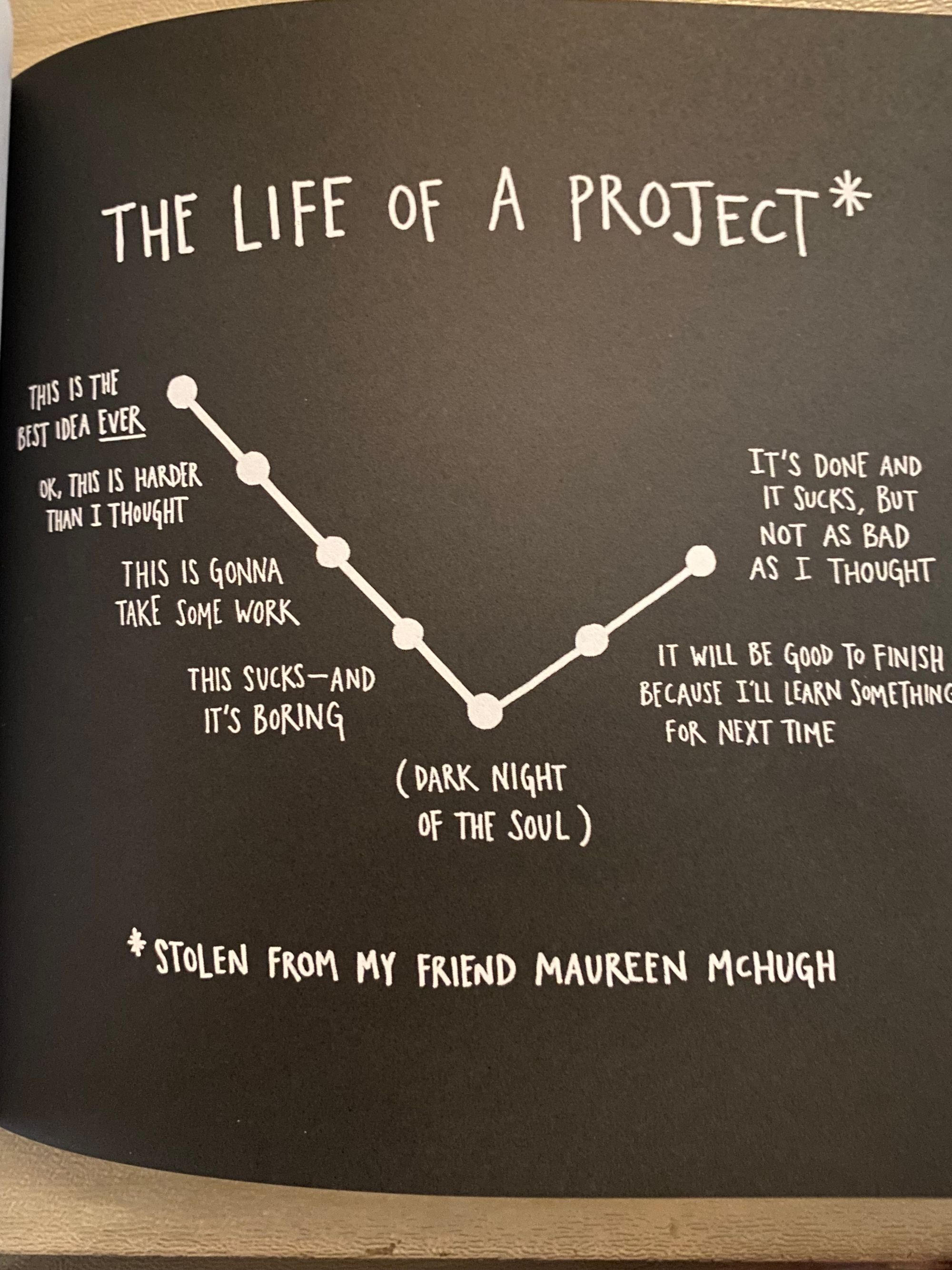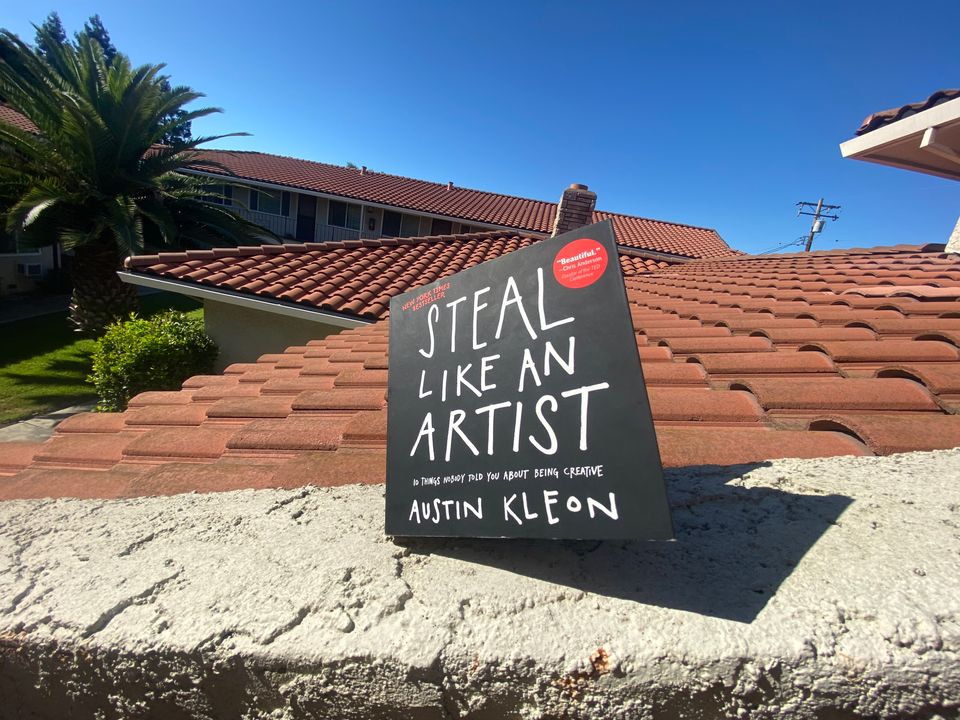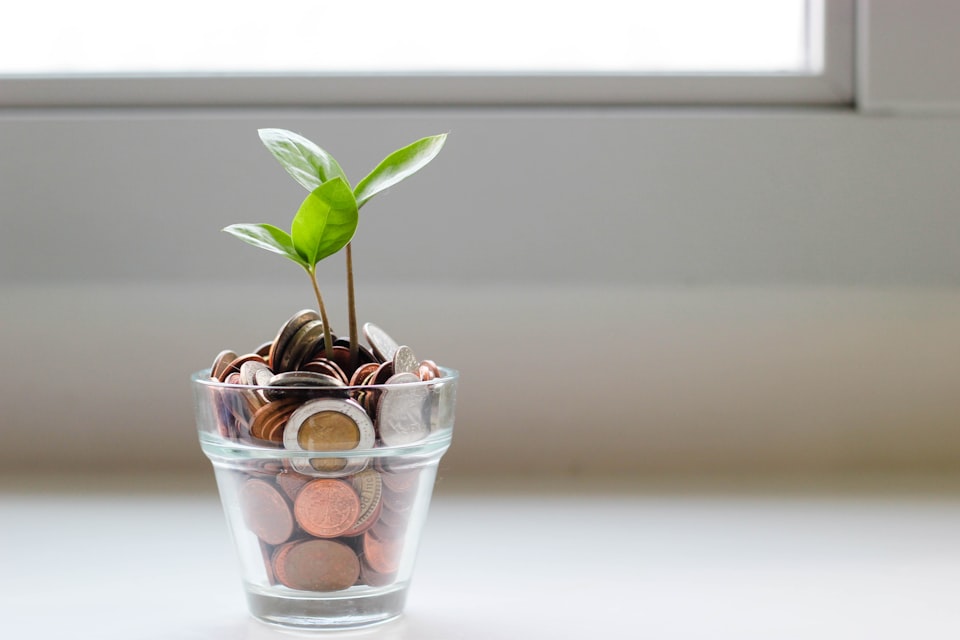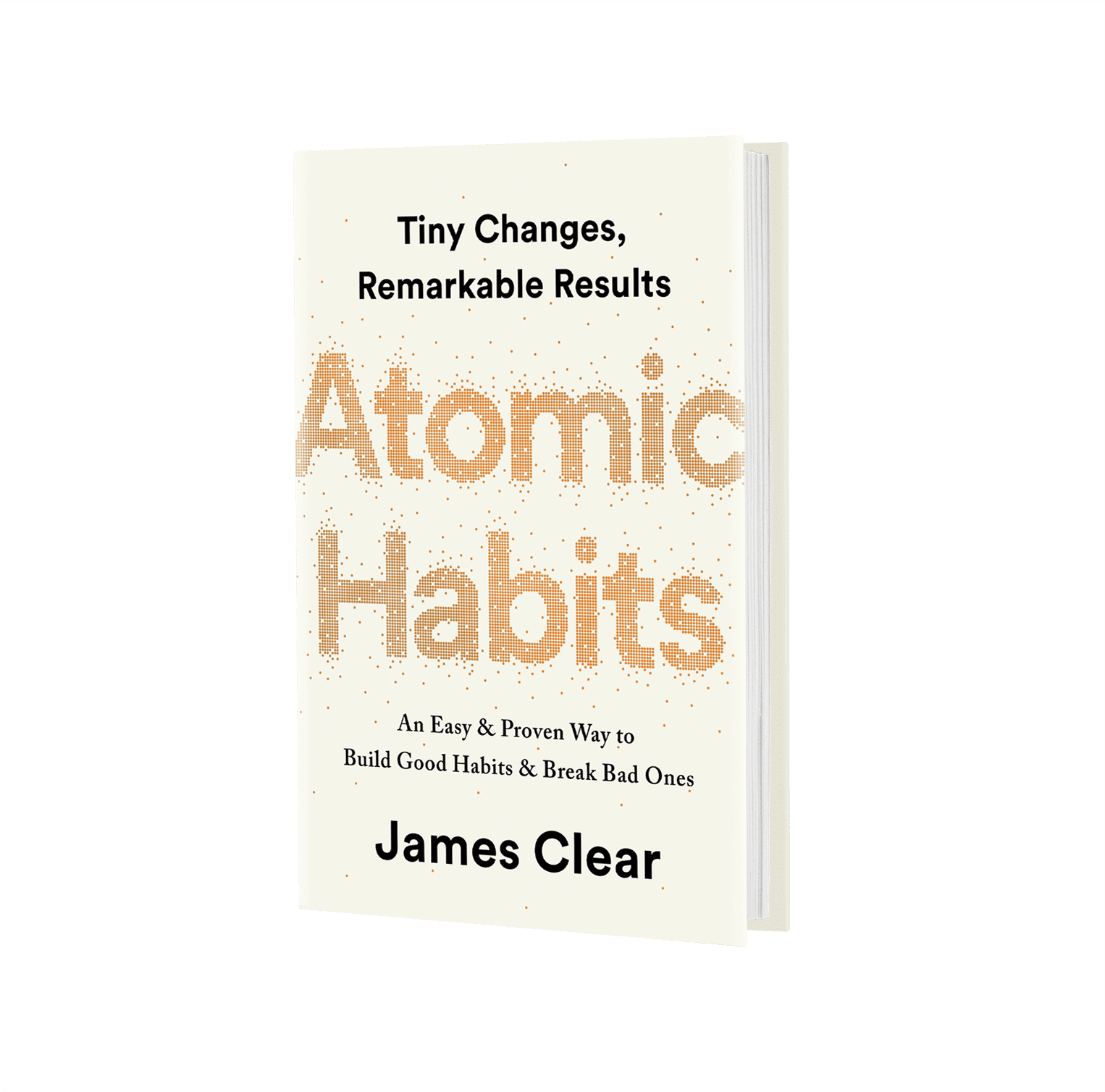Every artist faces the question, “Where do you get your ideas from?”. The honest answer to this question is that everybody steals. Great artists in history have stolen their work from others, and in modifying the stolen work, they have found their originality. Anybody who says, “All my ideas are original,” is either lying or doesn’t know the actual origin of their ideas.
The central theme of this book is that no idea is original nowadays, and that’s okay. The trick is how we steal ideas and make them our own in the right way. It’s an essential read for anyone who aims to incorporate creativity into their lives, and here’s my attempt at a chapter-wise summary. The book begins with these quotes:
“Art is theft” — Pablo Picasso.
“Immature poets imitate; mature poets steal; bad poets deface what they take, and good poets make it into something better, or at least something different. The good poet welds his theft into a whole of feeling which is unique, utterly different from that from which it was torn.” — T. S. Eliot.
1. STEAL LIKE AN ARTIST
How to look at the world (like an artist)
An artist looks at the world primarily as “stuff worth stealing” and “stuff not worth stealing” instead of worrying about coming up with “good” and “bad” ideas. Then they move on to the next thing. Everything is up for grabs, and if nothing seems worth stealing today, there will be something to steal tomorrow.
Nothing is original.
A good artist understands that nothing comes from nowhere. All ideas have been thought of as a whole or parts by someone before us, and nothing is entirely original. If we free ourselves from the burden of creating original ideas, we can effectively steal ideas from our predecessors.
The Genealogy of ideas.
Every idea is a remix or a mashup of previous ones. And guess what? There’s always more than just a mere sum of the earlier ideas. Take yourself, for example. You are not just a sum of your parents, but a remix of your parents, ancestors, and much more. Your ideas and aspirations are always a result of something that already exists or something missing in your life. For something to be missing, other things have to exist.

Garbage in, garbage out.
Artists are collectors, not hoarders. They only collect things they love. We will only be as good as the stuff we surround ourselves with. An artist’s job is to collect and surround themselves with good ideas. The more good ideas they collect, the more they can choose to be influenced by.
“Steal from anywhere that resonates with inspiration or fuels your imagination. Devour old films, new films, music, books, paintings, photographs, poems, dreams, random conversations, architecture, bridges, street signs, trees, clouds, bodies of water, light, and shadows. Select only things to steal from that speak directly to your soul. If you do this, your work (and theft) will be authentic” — Jim Jarmusch.
Climb your own family tree.
Build your creative lineage. Whatever you do, you cannot devour everything in your discipline, and you’ll choke if you do. Instead, find one or two thinkers that resonate with you the most. Consume them as much as you can. Then find the inspirations of those people. You can build your creative lineage tree and start climbing that tree.
Seeing yourself as part of such a lineage will help you feel less alone. The great thing about dead or remote inspirations is that you can learn whatever you want from them at your own pace.
School Yourself.
School is different from education. It is always your responsibility to educate yourself. Curiosity is the key. Look things up regularly, chasing references, and go deep. Google everything. Information is abundant out there, and use it to your advantage.
Always be reading. Build your library. Spend on books — they are your investment in yourself. I like Naval’s quote on reading — “Read what you love until you love to read.” It almost doesn’t matter what you read. If you keep reading, eventually, you’ll gravitate toward your interests.
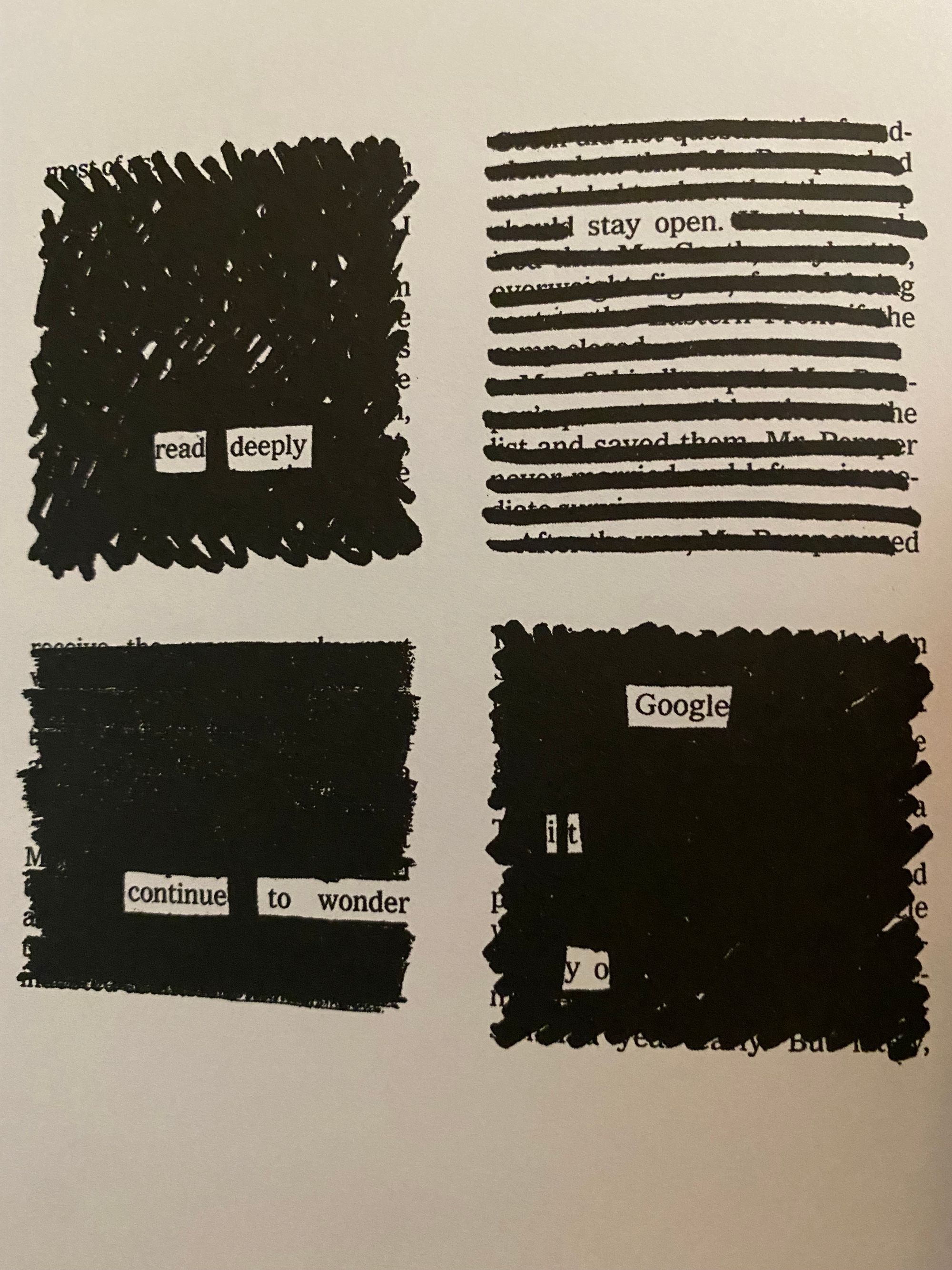
Save your thefts for later.
You should always have a way to capture your thoughts. Have a small notebook and pen handy. Capture anything interesting on your phone. Take your phone’s notes app and start jotting down stuff. Make lists — Reading lists, music playlists, movie lists, and places to visit. Take photos of everyday things that interest you.
Most importantly, note down the source of your theft. The right way to steal is to do it with references and credit the source. You can always turn to your notes if you’re looking for ideas.
2. DON’T WAIT UNTIL YOU KNOW WHO YOU ARE TO GET STARTED
Make things, know thyself.
Many people wait until they know who they are to start being creative. There’s no end to it. The only way to find what you want is to start doing it and figuring it out. Start making stuff. The truth is that nobody fully knows what they are doing, and everybody is winging it. Ask any creative person, and they’ll tell you that they don’t know where their best work came from. They show up every day and do things.
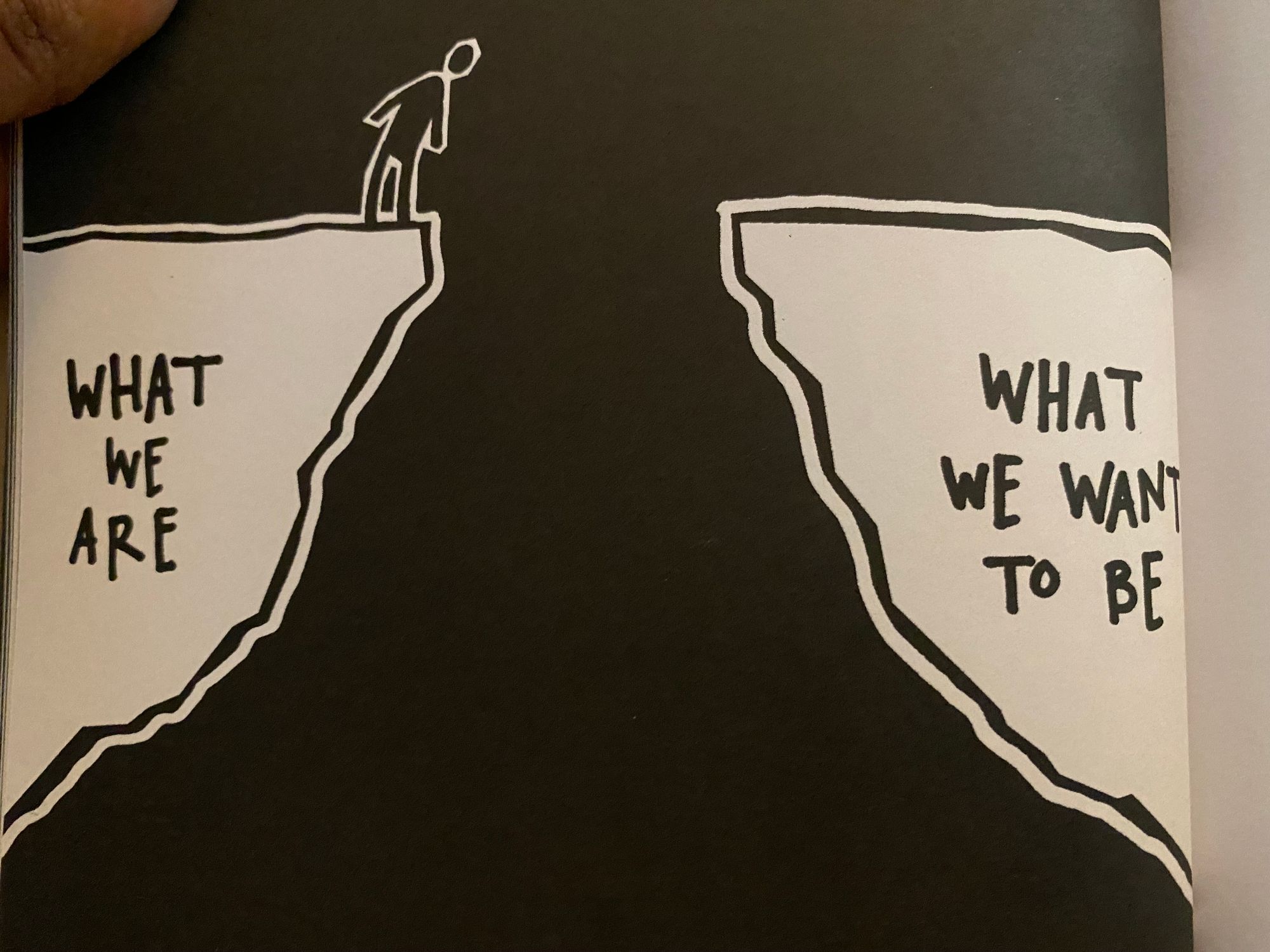
Fake it ’til you make it.
There are two ways to interpret this:
- Pretend to be someone you’re not until you are.
- Pretend to be making something until you make it.
Act the part — dress for the job you want, and start doing the work you want to be doing. Eventually, you’ll get there. It’s the difference between action and inaction, and it’s the least you can do.
“All the world's a stage, And all the men and women are merely players: They have their exits and their entrances; And one man in his time plays many parts.” — William Shakespeare.
Start copying.
Nobody is born with a style. We learn the alphabet by copying them, and musicians learn by practicing the scales. Painters learn by reproducing famous paintings. The Beatles started as a cover band. Don’t steal from one person. Steal from many.
“If you copy from one author, it's plagiarism, but if you copy from many, it's research.” — Wilson Mizner.
We’re talking about practice, not plagiarism. Plagiarism is passing someone else’s work as your own, and practicing is internalizing how your heroes see the world to get into their minds.
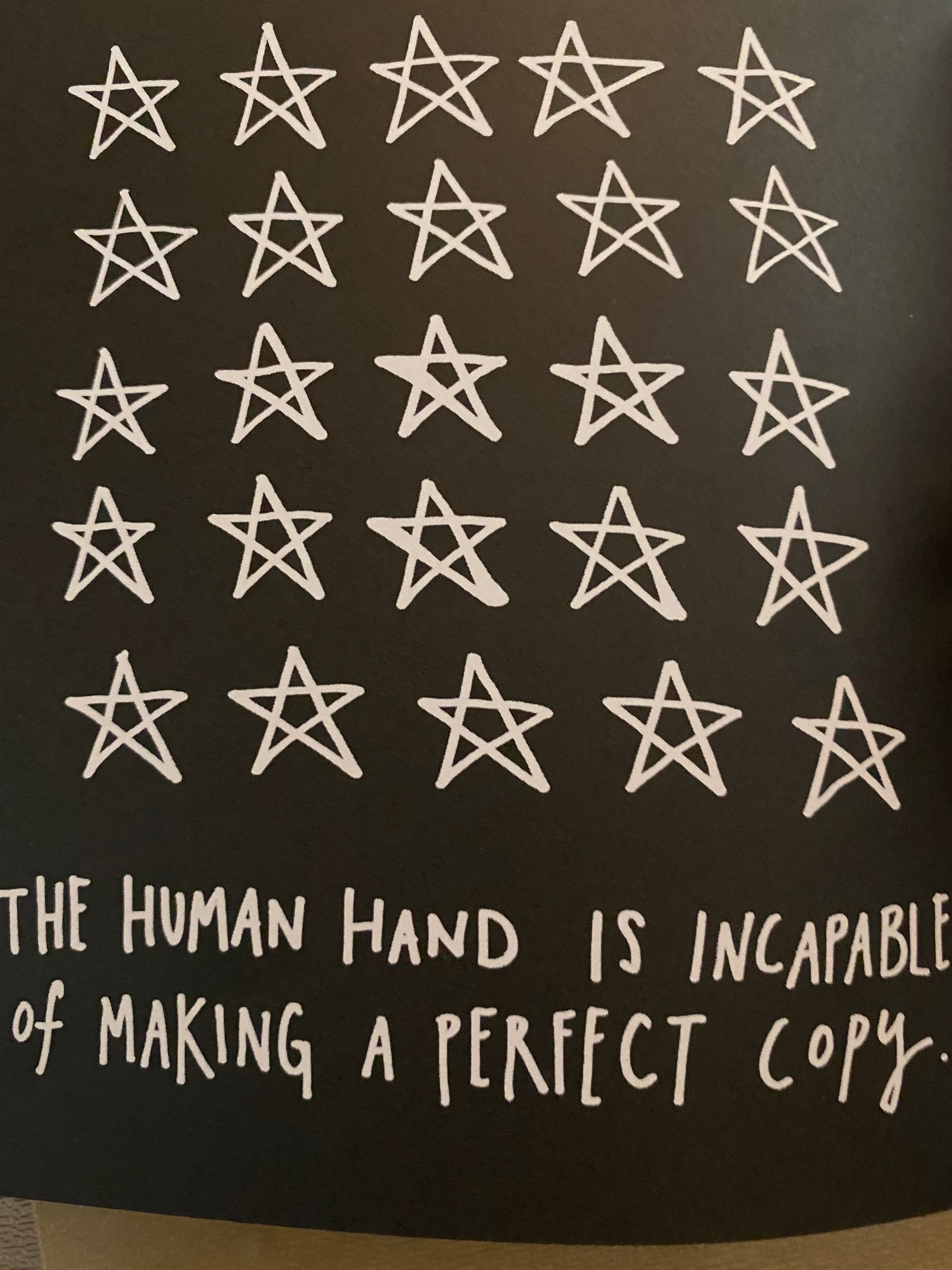
Imitation is not flattery.
Television host Conan O’Brien has talked about how comedians try to copy their heroes. They emulate them, fall short, and do their own thing. In his words, “It is our failure to become our perceived ideal that ultimately defines us and makes us unique.”
We can’t copy anything perfectly, and that’s an outstanding flaw of humans. Eventually, we will fall short, and ours will be slightly different. If it’s somewhat different from 100 sources, we have our original piece of work. Examine where you fall short, and fill the gap with your ideas. Any researcher on the planet will agree to this.
“I have stolen all of these moves from all these great players. I just try to do them proud, the guys who came before, because I learned so much from them. It's all in the name of the game. It's a lot bigger than me.” — Kobe Bryant.
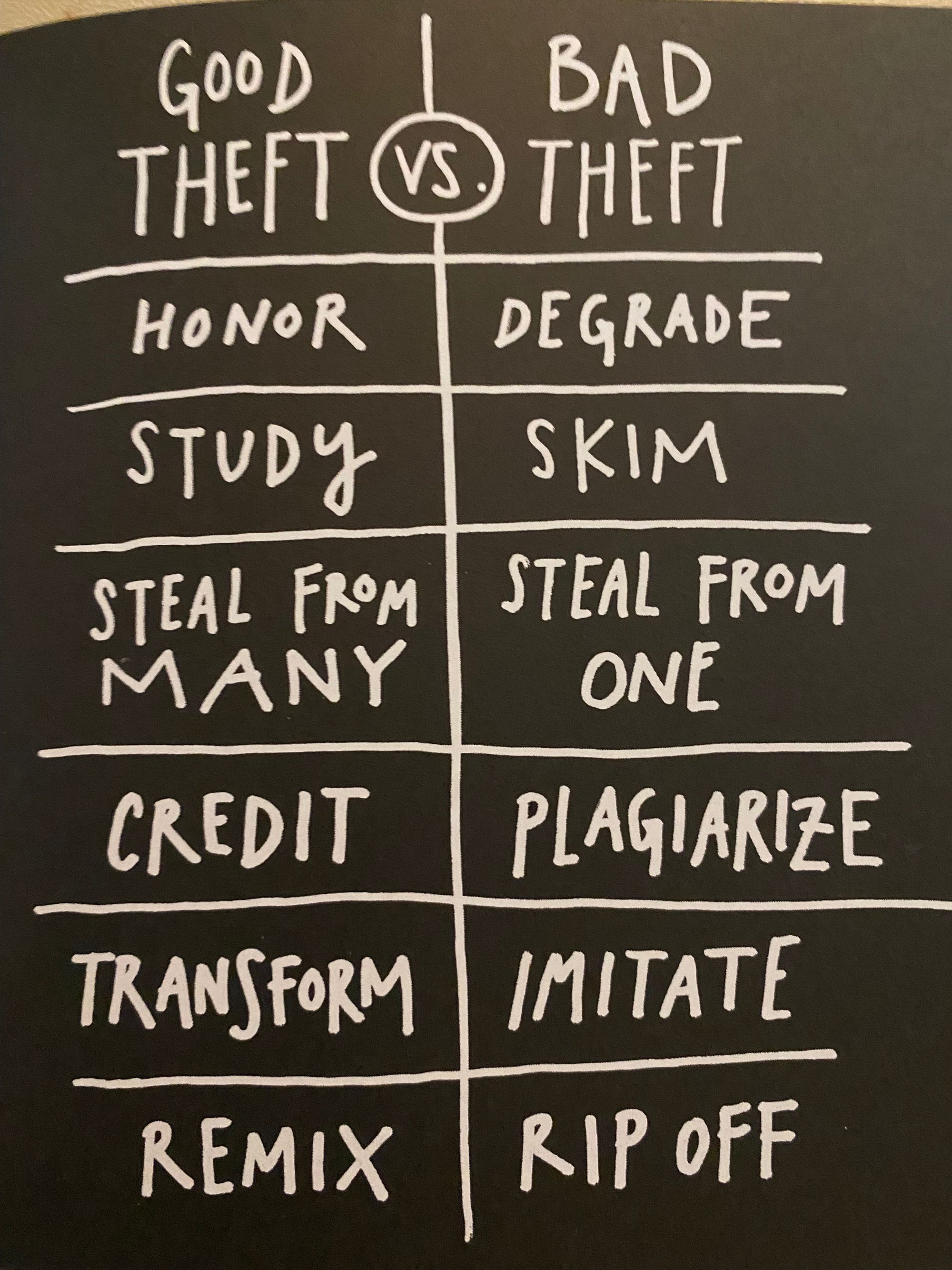
3. WRITE THE BOOK YOU WANT TO READ.
The question every writer asks is, “What should I write?”. I face this question every week. The best advice I received from this book is to write what you like, not what you know. When we love a piece of work, we crave more. Fanfiction works this way. Think about your favorite piece of work. What did they miss? Where did they leave off? How could the sequel of the work be any different than what already came out?
“Draw the art you want to see, start the business you want to run, play the music you want to hear, write the books you want to read, build the products you want to use — do the work you want to see done.”
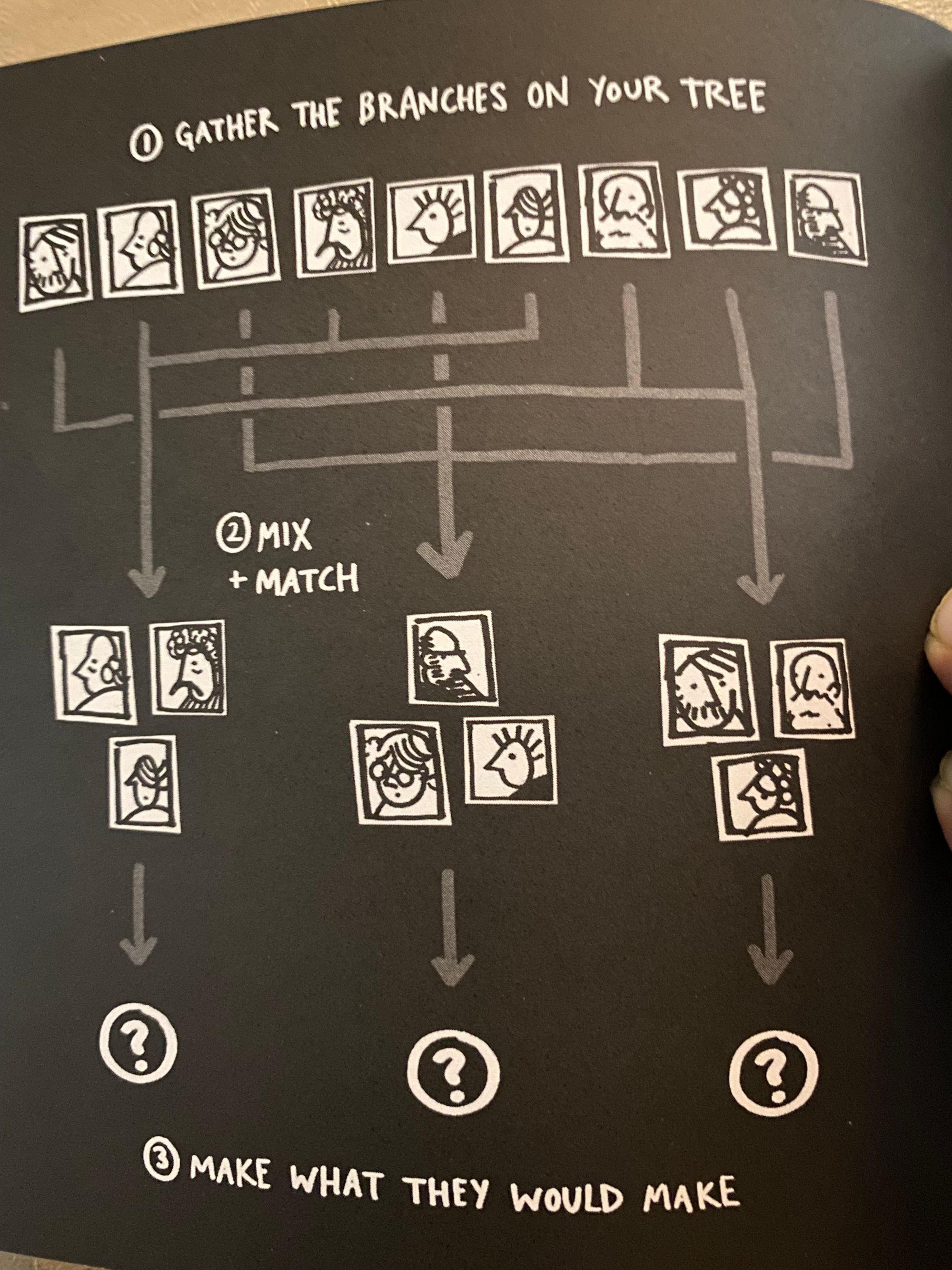
4. USE YOUR HANDS
This part of the book is something that I am yet to incorporate into my process. The author encourages us to involve all our senses to be fully creative, and he claims that bringing analog tools into our workspace is revitalizing. Here’s a passage from the book:
“You need to find a way to bring your body into your work. Our nerves aren't a one-way street — our bodies can tell our brains as much as our brains can tell our bodies. You know that phrase, "going through the motions"? That's what's so great about the creative work: If we start going through the motions, if we strum the guitar, or shuffle sticky notes around a conference table, or start knealing clay, the motion kickstart our brain into thinking.”
The computer is suitable for editing and publishing ideas, but it’s not good for generating ideas. One of the main reasons is the delete key. The computer lets us erase our thoughts even before having them, which is impossible on a piece of paper. We have to write entirely to know that something is wrong, and we have to strike out the text intentionally. It’s the physical component that makes the difference. Engage your senses.
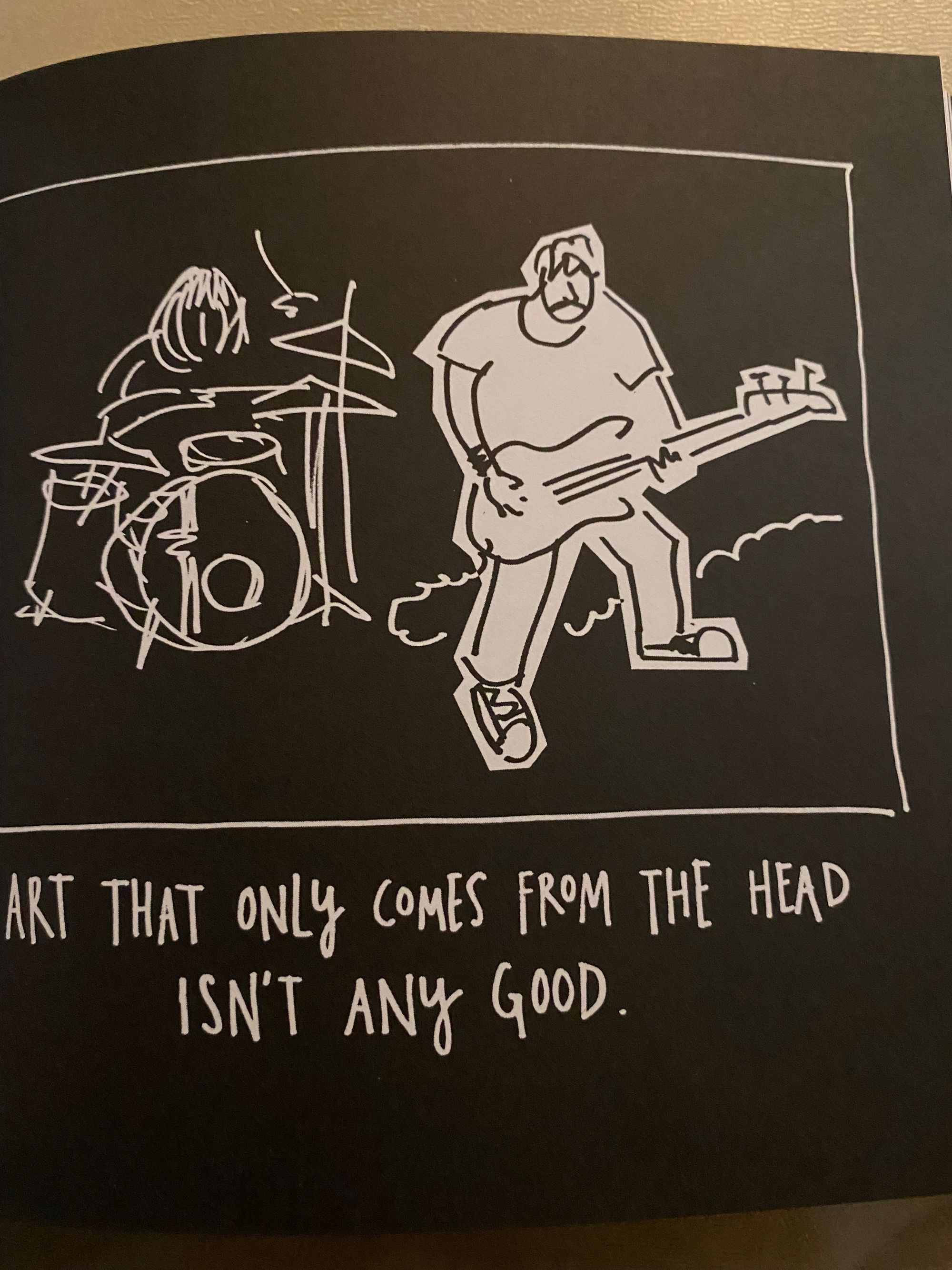
5. HOBBIES ARE IMPORTANT
Practice Productive Procrastination.
What are you doing when you are procrastinating? That’s your thing. Work on that. Having multiple hobbies that you can switch between gives you some flavor and variety.
Take time to be bored. Your brain reaches out to the corners of your imagination and finds something when boredom kicks in. Stop reaching out to your phone and allow yourself to be bored. Do the dishes, fold your laundry, and clean your place. Take time for your mind to wander around.
“The work you do while you procrastinate is the work you should be doing for the rest of your life.” — Jessica Hische.
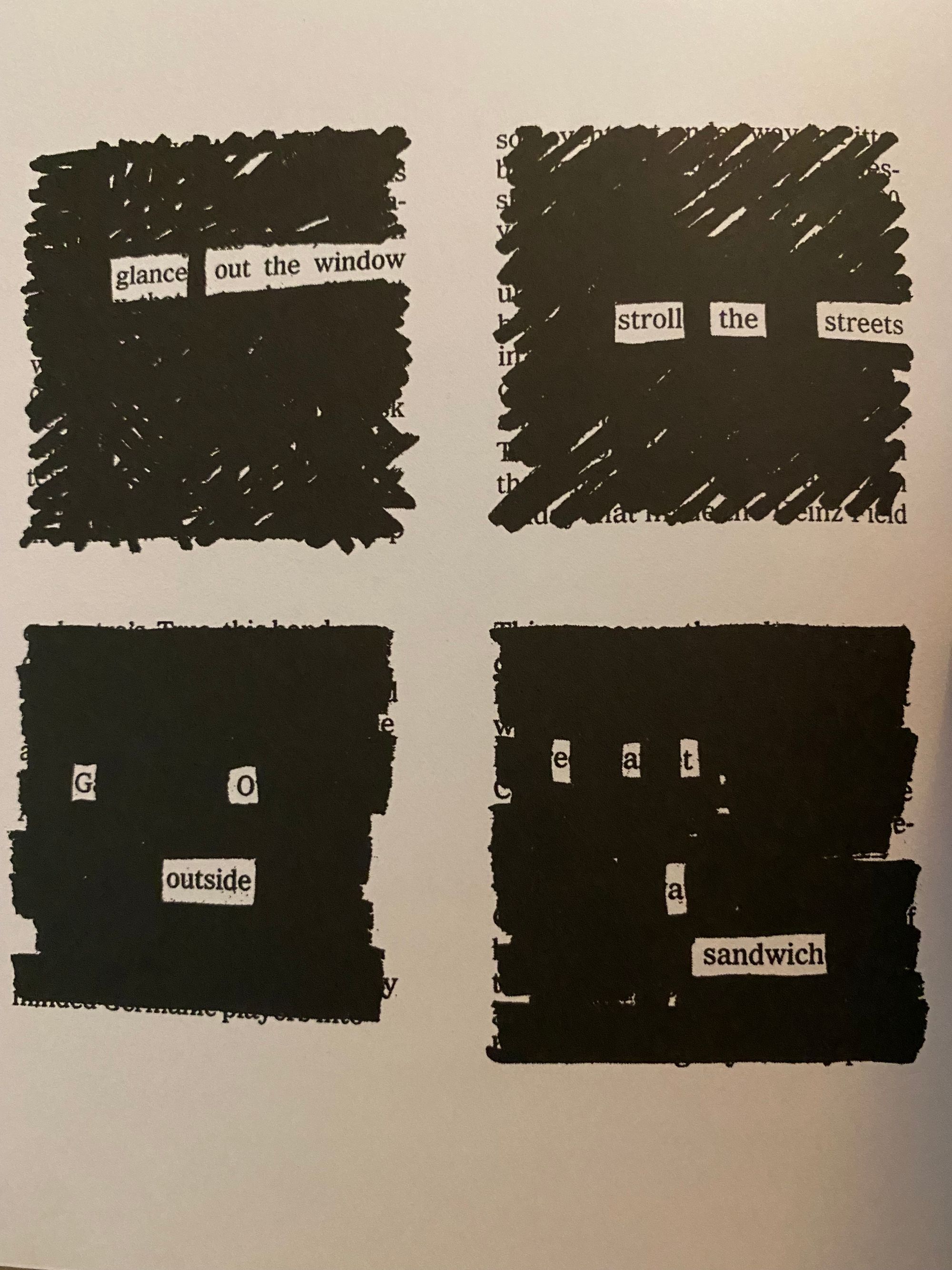
Don’t throw any of yourself away.
We might or might not have a passion or a hobby in our lives. Some of us have one core passion, while others have multiple. Some of us still don’t know what we are doing with our lives. From this book, one standard piece of advice for all of us is that we don’t have to restrict ourselves to or look for just one passion. Reach out and explore multiple things to see if you like them. If you happen to enjoy various things, go ahead and do all of them.
You don’t have to connect the dots. Your hobby is just for you. Do it just because you like doing it. Spend time on it. See where it takes you. Decide for yourself if it’s the place you want to be. It doesn’t have to be part of a grand scheme of things. The only common factor in all of your work is that you made it.
6. THE SECRET
In the beginning, obscurity is good.
This part was one of the most comforting ones in the book. When you are a beginner, you are unknown to the world. Sometimes, even your friends and family are too busy to consume what you create. Writer Steven Pressfield says, “It’s not that people are mean or cruel; they’re just busy.” It sounds harsh, but it’s a good thing.
When we are beginners, we are not good at what we do, so it’s good if only a handful of them see it. There’s no pressure to create, maintain an image, follow deadlines, etc. You can learn at your own pace and explore the craft you’re learning. If it doesn’t work, you can do something else. You have the freedom to fail.
The not-so-secret formula.
Do good work and share it with people. If you want your work to be known, focus on creating good work. Sharpen your ideas, dig your brain, produce content based on credible sources of information, and try to be authentic in what you have to say.
The sharing part is easy now than ever. Put it on the internet. By putting stuff on the internet, you attract people who think like you. Sharing your work will invite others to wonder with you about the same thing you’ve been wondering about. You learn a lot when you open up your process and invite people in.
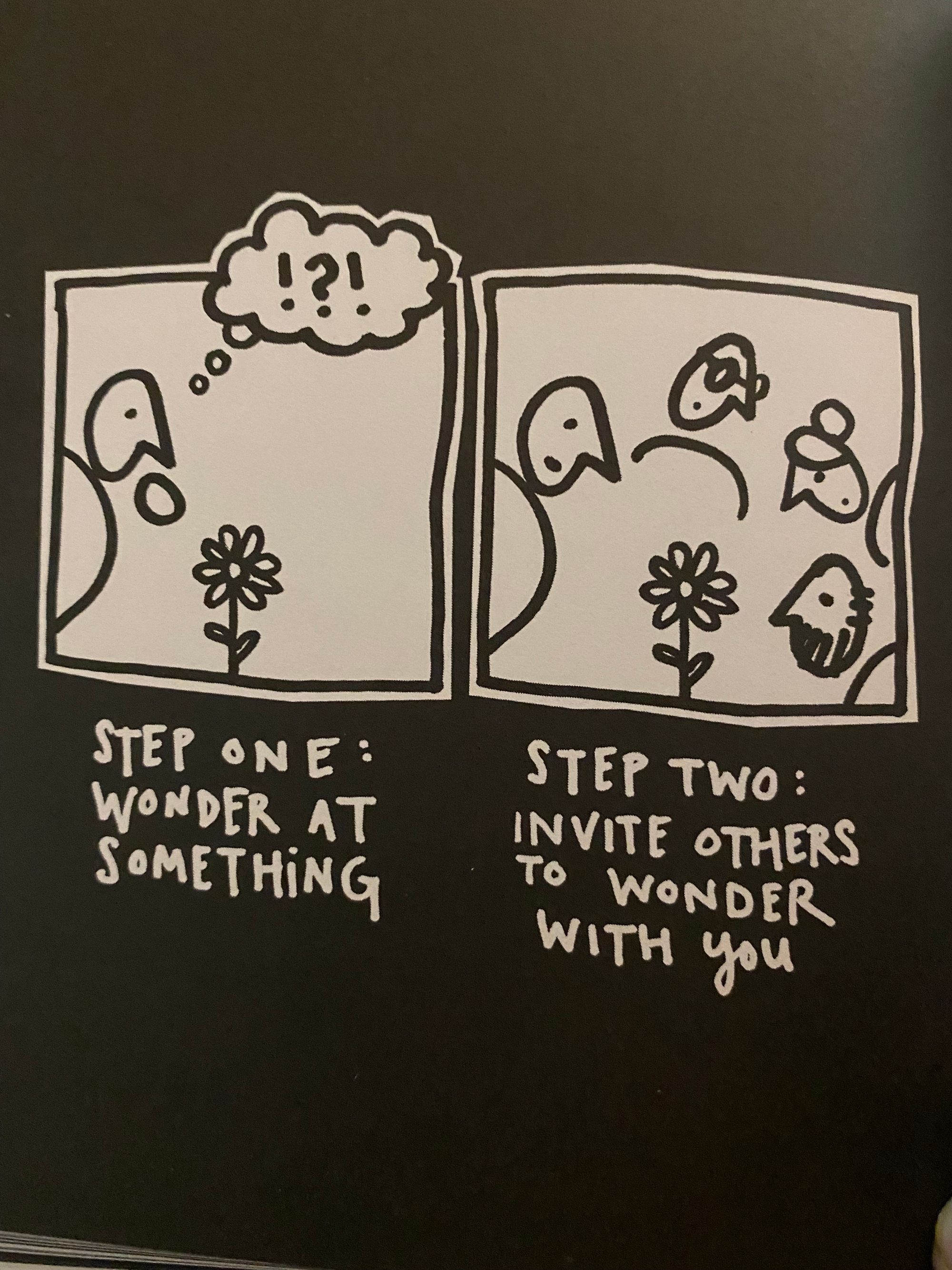
Figure out how to make a website. Figure out how you can use social media to your advantage. Share a helpful tip that you discovered while working on something. If you are worried about sharing too much, share just your dots and don’t connect them. Share your finished work with your friends and make it good enough so they’ll want to reshare it. Sharing your work on the internet will invite many comments and feedback, which is something everyone needs to learn how to handle.
7. GEOGRAPHY IS NO LONGER OUR MASTER
Thanks to the internet, there are many better ways to connect with people worldwide. You can join forums of like-minded people, follow people you like, use social media effectively, sell what you make on the internet, and virtually see everything.
None of this can replace being there physically, so you should also look for opportunities to leave home and move freely in the world. But geography is not a hindrance to being creative nowadays as it used to be.
“Distance and difference are the secret tonic of creativity. When we get home, home is still the same. But something in our mind has been changed, and that changes everything” — Jonah Lehrer.
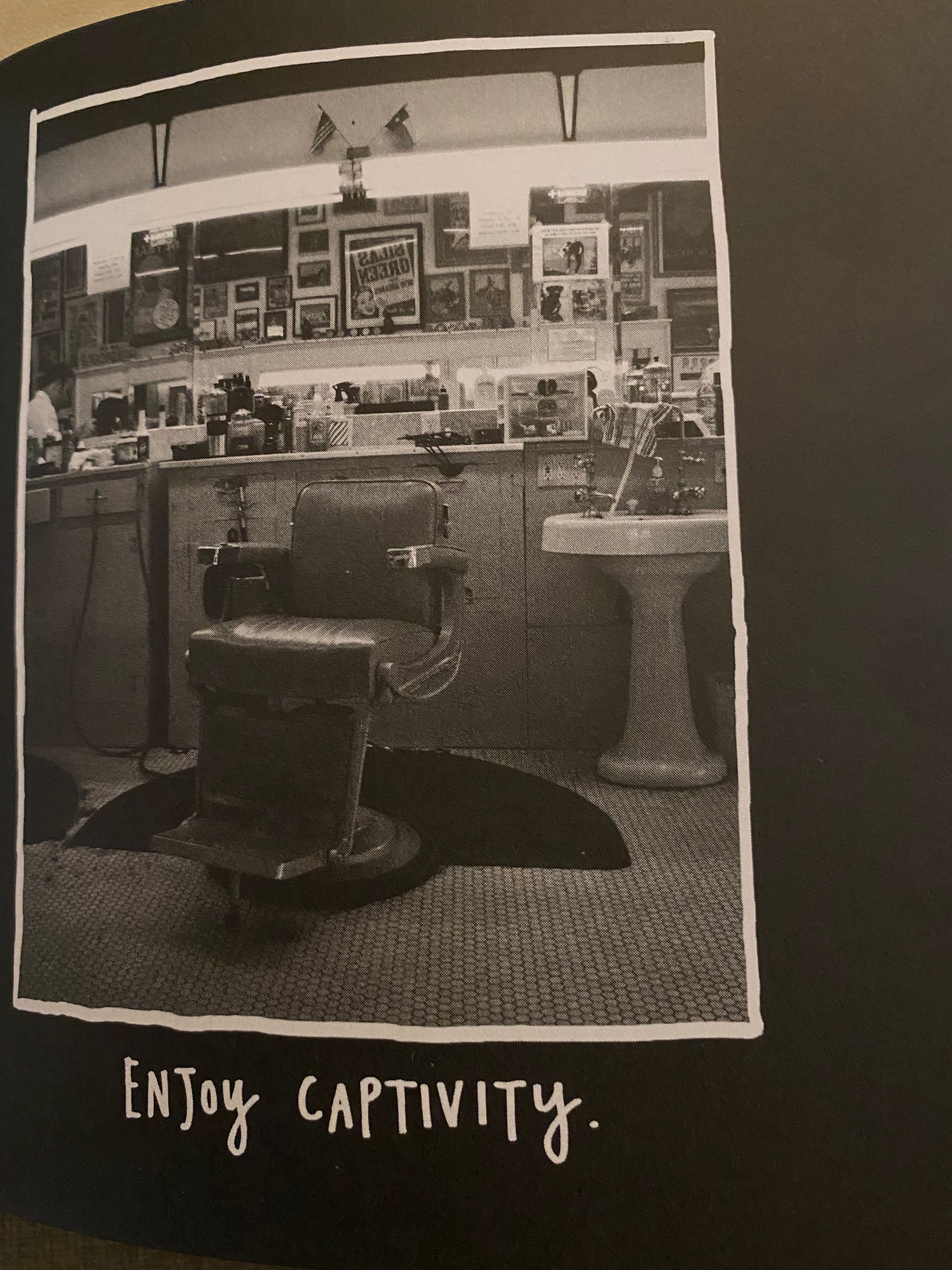
8. BE NICE.
Stand next to the talent.
You’re only going to be as good as the people you surround yourself with. In the digital space, following the right people online who are more intelligent and better than you, what they have to say, what they are working on, and how they get their work done.
“If you ever find that you're the most talented person in the room, you need to find another room.”
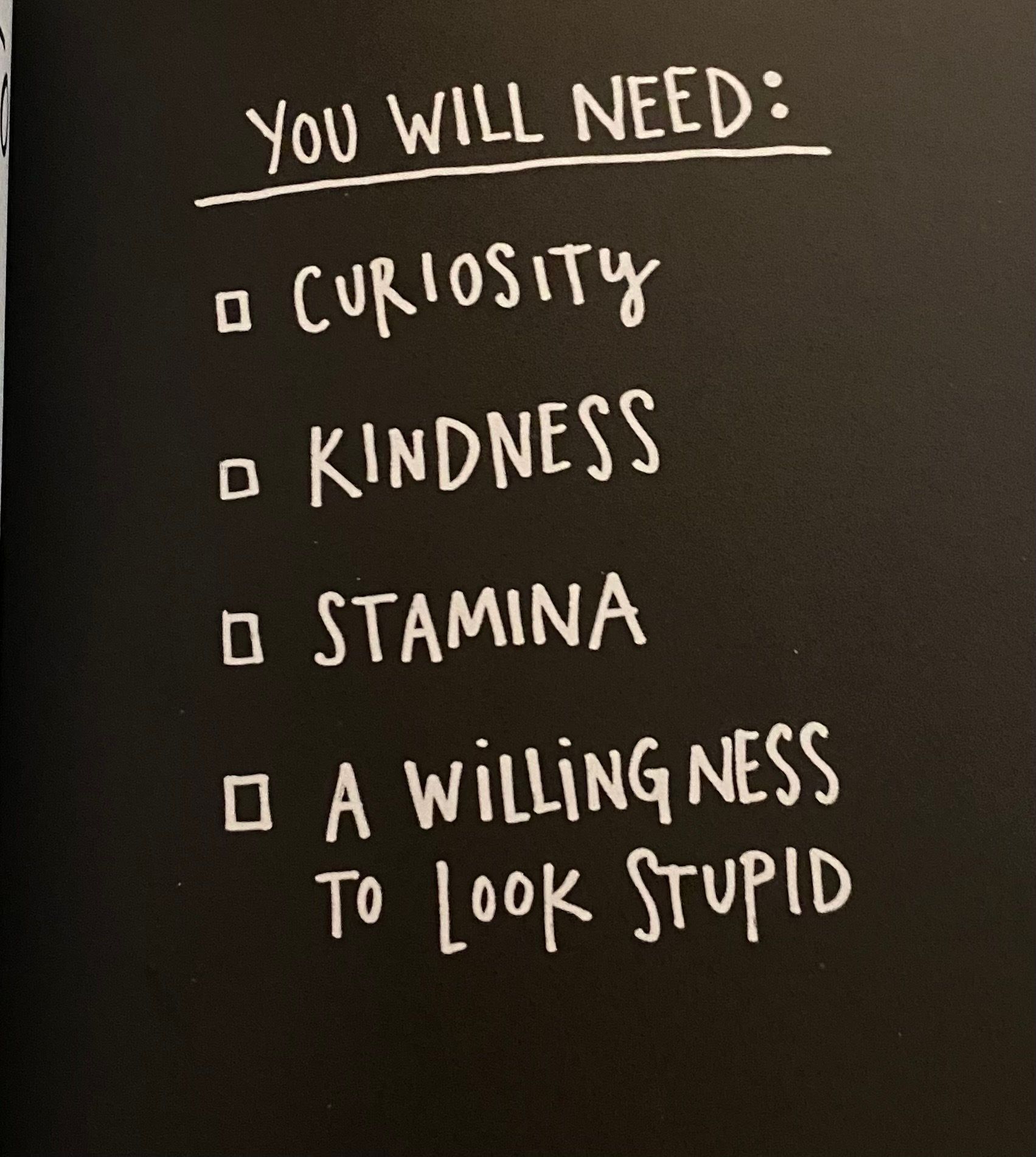
Quit picking fights and go make something.
Anger is an interesting emotion, but it can be channeled into something productive. There’s a lot of stupid, hateful stuff on the internet that makes our blood boil. You’ll know what I mean if you’ve been in the comments section on any online forum. But we should try and learn to channel the anger into our work. It allows us to tackle the problems we have in our hands than picking fights.
“Complain about the way other people make software by making software.” — Andre Torrez.
Validation is for parking.
Here’s a passage from the book that I found funny:
“The trouble with creative work: Sometimes by the time people catch on to what's valuable about what you do, you're either a) bored to death with it, or b) dead.”
You can’t look for validation from external sources. Once you put your work out, you have no control over people’s reactions to it. Outstanding work often appears to be effortless. People will say, “I could’ve done that.” They will undermine your efforts, call you names, and misinterpret you. So, get comfortable with being misunderstood, ignored, or even opposed. The trick is to be too busy working to care.
9. BE BORING.
Take care of yourself.
Creative work takes more energy, and it won’t be available to you if you waste it on other things. So, taking care of yourself is essential as it helps you focus on the right things — for yourself, the people around you, and your creative work.
Keep your day job.
The reality is that even if you want to make a living out of doing what you genuinely love or to find what you genuinely love doing, it’s going to take a lot of time. So, it’s better to have a day job. It gives you money, survival, a routine, and freedom from financial stress, which could impact your art.
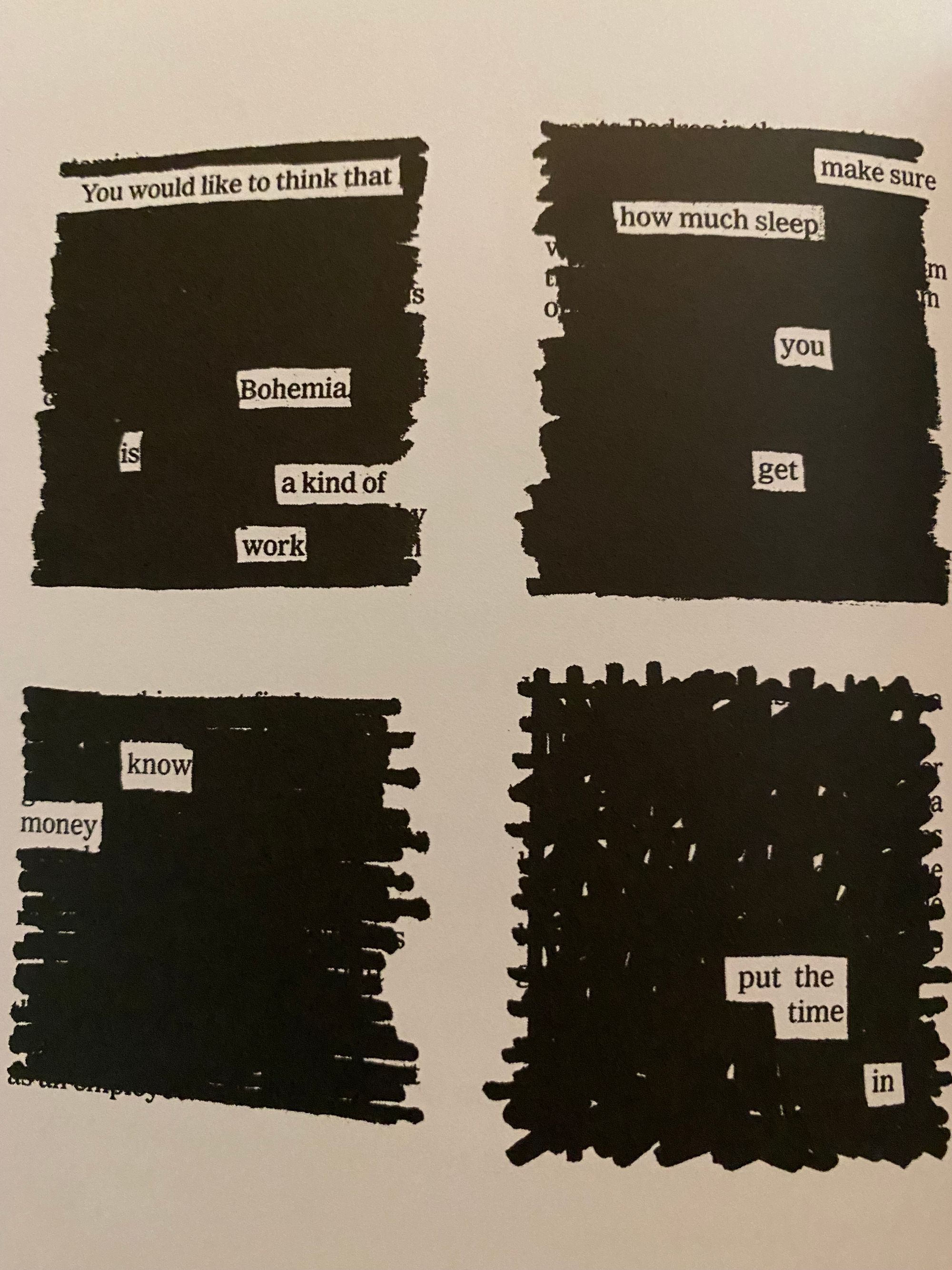
A day job gives you more opportunities to steal ideas. Your commute, talk to people, wander around, and steal more and more ideas. It’s not fun, and it will feel like you have this double life. The poet Philip Larkin said the best thing to do is “try to be utterly schizoid about it all — using each personality as a refuge from the other.”
Keep a logbook.
Keep a logbook to record the events every day — what project you worked on, what you ate, and watched. This is better than having a diary and being forced to write pages about everything. A simple daily list will work wonders over the years and show you how far your ship has sailed. Remembering small details will help you remember important information.
10. CREATIVITY IS SUBTRACTION.
Choose what to leave out.
This is the age of information. Information is abundant, and it’s overwhelming to pick and choose what to talk about, what to watch, whom to follow, and what ideas to internalize. It’s almost as if we are forever stuck finding things. Unlocking creativity requires some limitations. Place some constraints on yourselves, and work with what you have right now. This makes it more challenging and gives us more freedom to be creative with what we have.
“Dr. Seuss wrote ‘The Cat in the Hat’ with only 236 different words, so his editor bet him he couldn't write a book with only 50 different words. Dr. Seuss came back and won the bet with ‘Green Eggs and Ham’, one of the bestselling children's books of all time.”
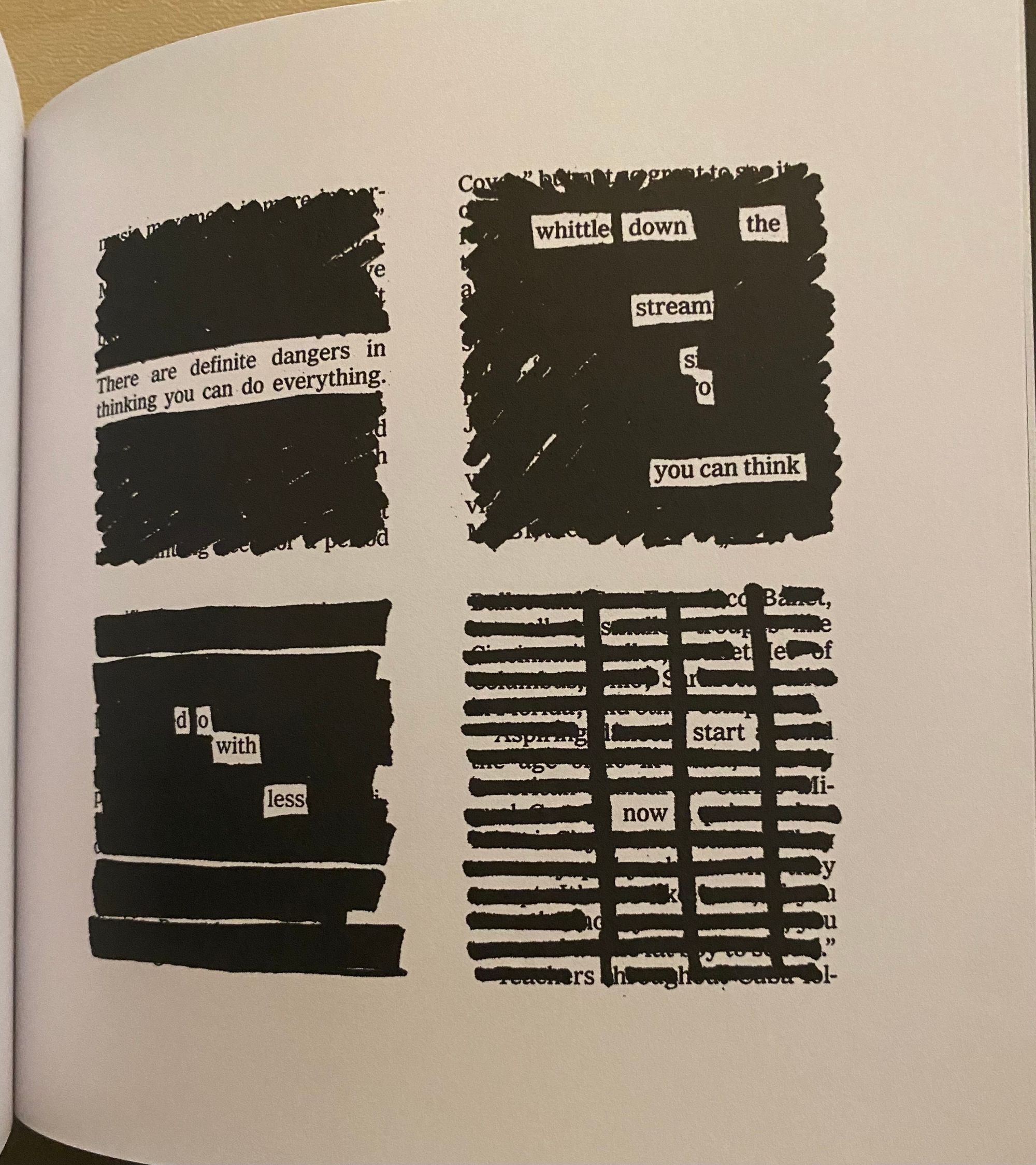
This blog post came from subtraction. My list of ideas didn’t vibe with me enough this week, and it was too much to choose from. So, I decided to steal ideas from a book about stealing ideas. Let me know one idea you stole from someone lately, with credits to the owner. Thanks for reading. Peace out!
